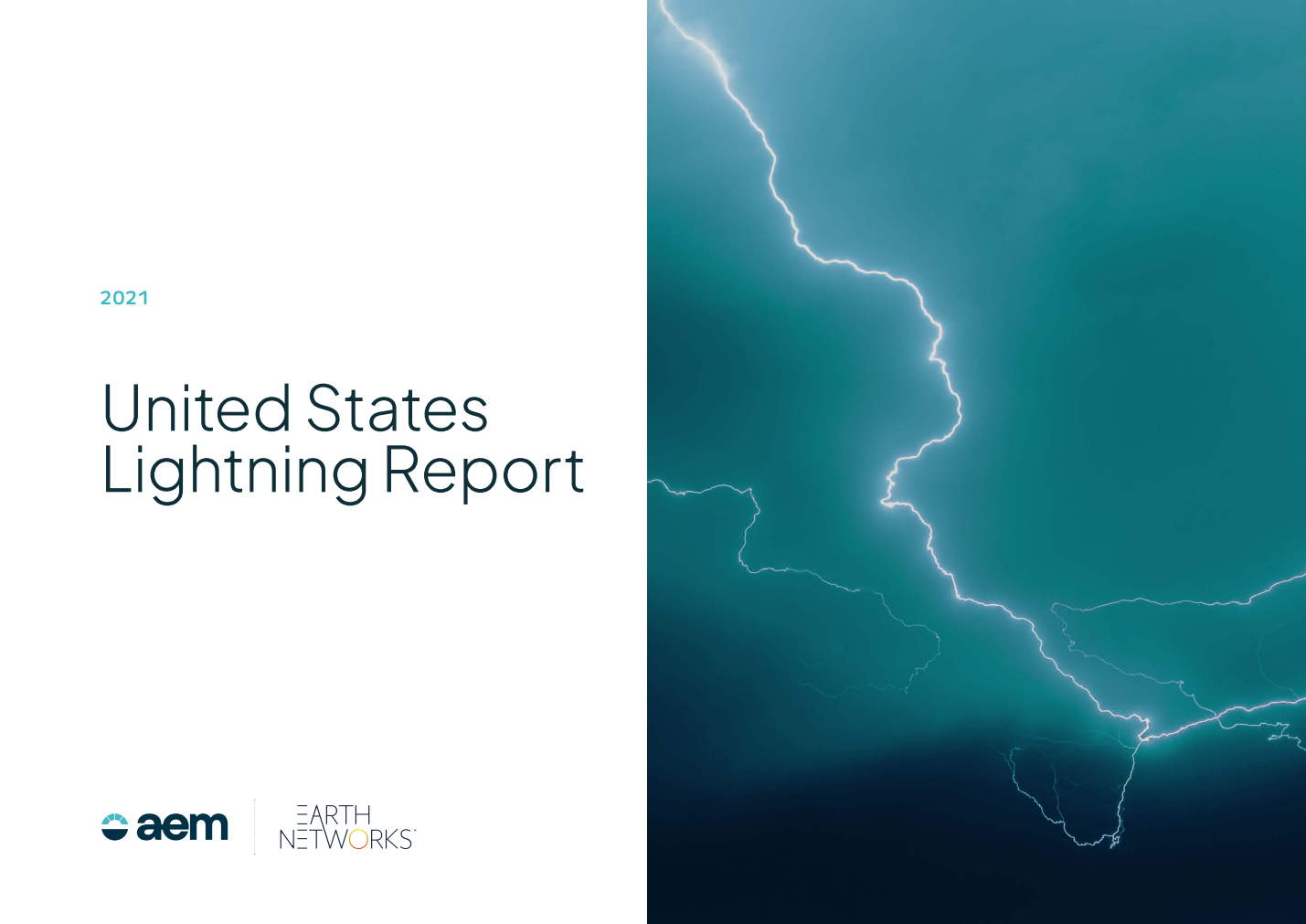Earth Networks Assists with Carbon Dioxide Research during COVID-19
One of Earth Networks’ environmental monitoring capabilities is its Greenhouse Gas (GHG) Observation Network, a high density network of environmental measurement instruments focused on precisely measuring atmospheric carbon. Earth Networks has been assisting with COVID-19 research over the last year by measuring atmospheric carbon dioxide and recently NIST reported that carbon dioxide sensors in two major U.S. urban areas detected a large drop in CO2 emissions during the pandemic. To assist in this research, Earth Networks supplied continuous measurements of CO2, CH4, H2O, and occasionally CO from 30+ GHG nodes in the Northeast Corridor (NEC) and Los Angeles Megacity (LAM) areas. By looking at how the emissions have changed during 2020 versus past years, the researchers have noticed lower concentrations of these problematic gases.
A decline in CO2 emissions during COVID-19 has been one of the few benefits of the pandemic. Fewer people travelling due to stay-at-home restrictions and remote work and learning have all contributed to reducing our overall carbon footprint during 2020.
How did Earth Networks’ Greenhouse Gas sensors aid in NIST COVID-19 CO2 research?
The National Institute of Standards and Technology (NIST) partnered with Earth Networks to measure Greenhouse Gas concentrations in the Northeast United States, by way of an Observational Network. NIST utilizes Earth Networks’ GHG monitoring systems to measure CO2 and CH4 through Earth Networks tower installations. According to a recent study led by scientists at NASA’s Jet Propulsion Laboratory (JPL), NIST and the University of Notre Dame, it was determined that carbon dioxide (CO2) emissions in Los Angeles fell by 33% in April 2020. The same study revealed that CO2 emission levels fell by 34% in the Washington, D.C. and Baltimore area. You may be wondering, how did scientists gauge this change in CO2 levels? By utilizing Earth Networks’ Greenhouse Gas network sensors that were previously installed on rooftops and towers in those regions, scientists were able to monitor changes in CO2 atmospheric concentration levels throughout the pandemic. Earth Networks’ sensor network data allows scientists at NIST to calculate the drop in carbon dioxide emission levels. This method of research is a “top-down method,” wherein scientists measure the concentration of CO2 in the air versus measuring the effects of activities that cause emissions.
“This study shows that the technology has matured enough to produce reliable results and can be put into operation.”
— Kimberly Mueller, NIST scientist and co-author.
Earth Networks’ Steve Prinzivalli, Program Manager of Meteorological Operations, and Clayton Fain, Meteorologist and Field Operations Manager, were both co-authors of the study, The Impact of COVID-19 on CO2 Emissions in the Los Angeles and Washington DC/Baltimore Metropolitan Areas.
Earth Networks’ Greenhouse Gas Initiatives
Why are greenhouse gases important? They stop heat from escaping into space, which is ultimately how we receive heat and warmth on planet Earth. One of Earth Networks’ area of expertise lies in the science surrounding greenhouse gas. One of our primary initiatives is to reduce our carbon footprint, and create a greener Earth for future generations. In doing so, we focus on real-time atmospheric monitoring.
Earth Networks is pioneering greenhouse gas (GHG) data measurement for a greener tomorrow with Scripps Institution of Oceanography, National Institute of Standards and Technology (NIST), and NASA’s Jet Propulsion Laboratory (NASA-JPL). Our GHG monitoring instruments measure emissions and trace them back to their source. Atmospheric intelligence data is more important now than ever before. Our global community must better understand carbon emissions and environmental patterns in order to plan and prepare for tomorrow.
To learn more about our Greenhouse Gas atmospheric monitoring, take a look at our Greenhouse Gas information page.
Our mission is to provide weather data insights that drive critical action. To learn more about Earth Networks’ weather safety solutions, feel free to contact us below.








